Retro Replay Review
Gameplay
Shellshock 2: Blood Trails delivers a straightforward, linear first-person shooter experience that places you directly into the boots of Nate Walker as he hunts down his genetically infected brother, Cal. The game’s core mechanics revolve around traditional FPS controls—aiming, shooting, and reloading—while weaving in quick time events during close-quarters encounters. These QTE sequences add a cinematic flair, forcing you to react under pressure to avoid gruesome death animations or to decide how to execute your foes.
(HEY YOU!! We hope you enjoy! We try not to run ads. So basically, this is a very expensive hobby running this site. Please consider joining us for updates, forums, and more. Network w/ us to make some cash or friends while retro gaming, and you can win some free retro games for posting. Okay, carry on 👍)
Weapon selection is satisfyingly varied, ranging from pistols and M16 rifles to mounted machine guns and grenades. Each firearm feels weighty, and the satisfying recoil and echoing gunshots underscore the brutality of the environment. Ammo scarcity often forces you to scavenge from downed enemies or explore every nook of the jungle, which injects a mild survival element into otherwise relentless firefights. Grenades and explosive barrels further spice up encounters, encouraging tactical placement and timing.
One of the game’s defining gameplay elements is its pacing. Shellshock 2 alternates between fast-paced combat against Vietcong soldiers and undead horrors, and slower, tension-building segments where you navigate claustrophobic bunkers or dark swamps. While the variety keeps things interesting, the level design remains highly linear, funneling you from one firefight to the next. If you’re looking for open-ended exploration or branching paths, this title may feel a bit restrictive.
Graphics
The visual presentation of Shellshock 2 is unapologetically gruesome, showcasing blood spatter, dismemberment, and visceral zombie-like foes in every corner of the Cambodian jungle. Character models for the infected enemies feature detailed textures that highlight decaying flesh and glowing eyes, all rendered with a level of gore that pushes the console limits of its era. These effects provide a constant reminder of the horrifying “Whiteknight” virus at the heart of the story.
Environmental design balances lush jungle foliage with the rotting ruins of abandoned camps and crashed aircraft. Sunlight filtering through dense tree canopies casts dynamic shadows, while murky swamps and underground tunnels employ flickering lights and fog to heighten tension. Occasional texture pop-ins and repetitive vegetation models can undermine immersion, but overall the game maintains a consistent, gritty aesthetic.
Special effects—such as mud splattering on your screen when you wade through swamps, rain drenching your view during monsoon sections, and flame bursts from explosive barrels—contribute to a more immersive atmosphere. However, beyond its standout gore, the game’s graphics engine shows its age in limited draw distances and blocky geometry in large open areas. For players seeking next-gen fidelity, these technical shortcomings may be noticeable, but fans of atmosphere and horror will find much to appreciate.
Story
At its core, Shellshock 2: Blood Trails is a tale of brotherhood gone horribly wrong. You begin with the harrowing aftermath of a classified US plane crash carrying the mysterious “Whiteknight” cargo over Cambodia. Only Special Ops veteran Sergeant Caleb Walker returns, infected by a deadly virus that has twisted his mind and body. This disturbing premise sets the stage for an emotional and visceral sibling pursuit.
Nate Walker, Caleb’s younger brother, is the player character thrust into a military quarantine facility. As he questions his brother, Vietcong forces attack, and Caleb escapes in a bloodthirsty frenzy. From that moment on, Nate must traverse the fevered jungles and war-torn outposts of Vietnam to stop Caleb—and uncover the truth behind “Whiteknight.” The interplay between family loyalty and brutal survival creates a compelling—if sometimes predictable—narrative drive.
While the story’s beats hit familiar military-horror clichés, the fusion of Vietnam War settings with zombie-like enemies feels fresh. Cutscenes and in-game dialogue flesh out key moments, though voice acting is uneven at times. The main plot rarely deviates from its tight path, offering limited side lore or optional intel pickups. For players who crave a short, focused campaign fueled by atmosphere and shock value, the narrative is more than adequate.
Overall Experience
Shellshock 2: Blood Trails stands out as a cult favorite for fans of war-themed horror shooters. Its relentless gore, combined with a haunting Vietnam backdrop, offers a distinct tone that few titles have attempted. The mix of conventional Vietcong foes and the infected “Whiteknight” abominations ensures every firefight feels unpredictable and often nightmarish.
Despite its strengths, the game’s linearity and occasional repetitive combat sequences can dampen long-term engagement. The QTE mechanics, while exciting at first, may feel gimmicky if overused. Additionally, the campaign’s relatively short length—around six to eight hours for most players—leaves you wanting more, and there is no cooperative or competitive multiplayer to extend replayability.
In the end, Shellshock 2: Blood Trails is a worthwhile purchase for those drawn to high-intensity action wrapped in a gruesome horror shell. If you appreciate atmospheric level design, a straightforward story propelled by gruesome twists, and visceral violence, this title will deliver. Players seeking deeper RPG elements, branching narratives, or extensive multiplayer options may find it lacking, but horror and shooter enthusiasts will enjoy the ride.
 Retro Replay Retro Replay gaming reviews, news, emulation, geek stuff and more!
Retro Replay Retro Replay gaming reviews, news, emulation, geek stuff and more!
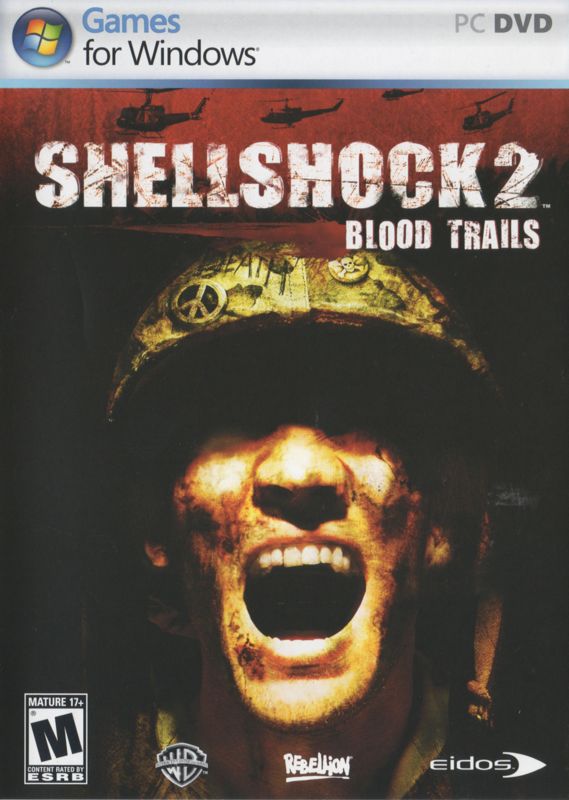
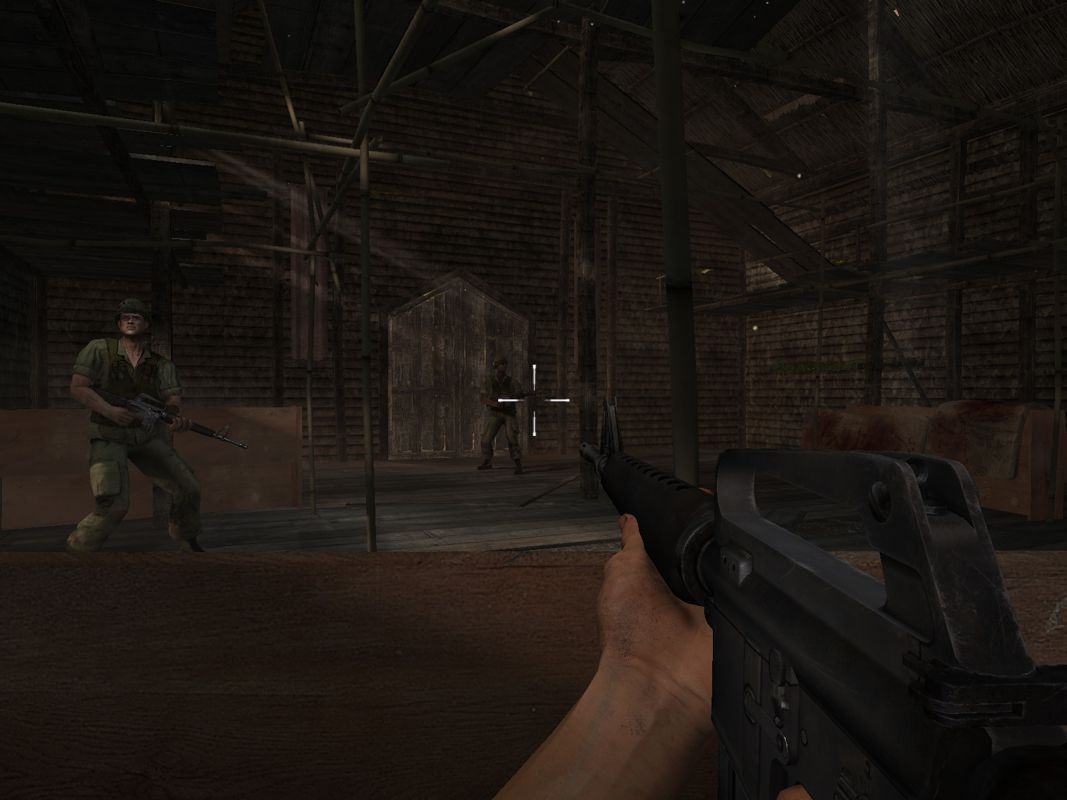
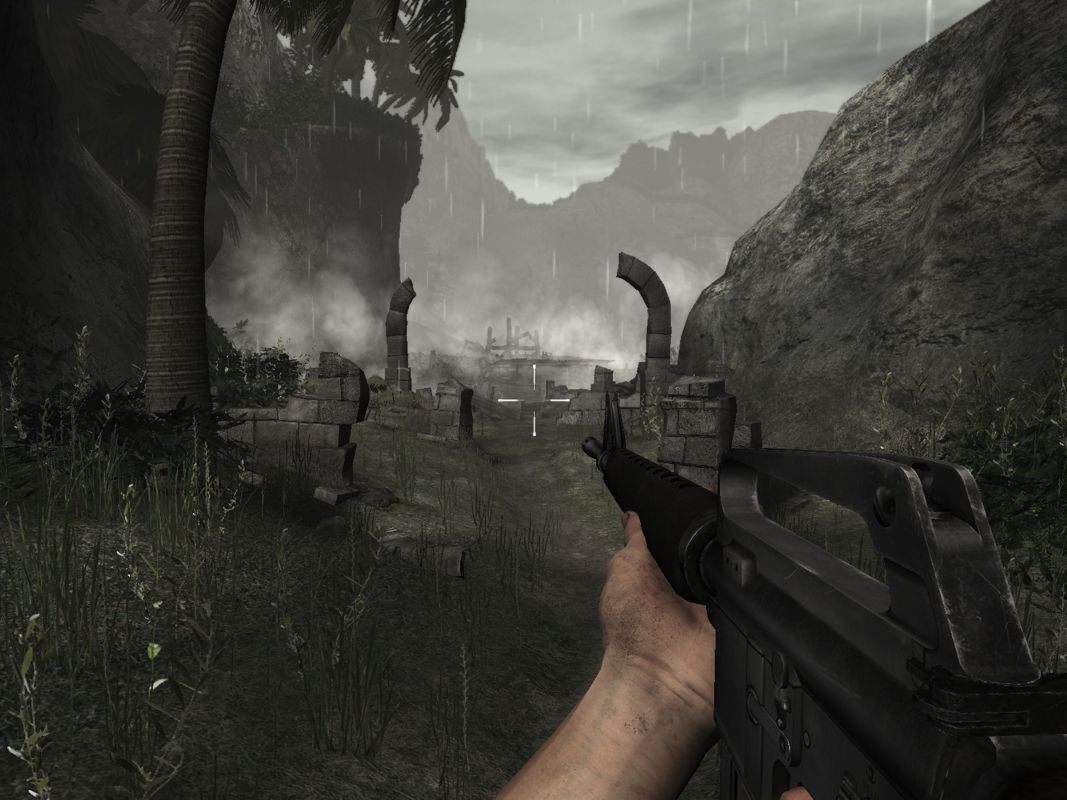
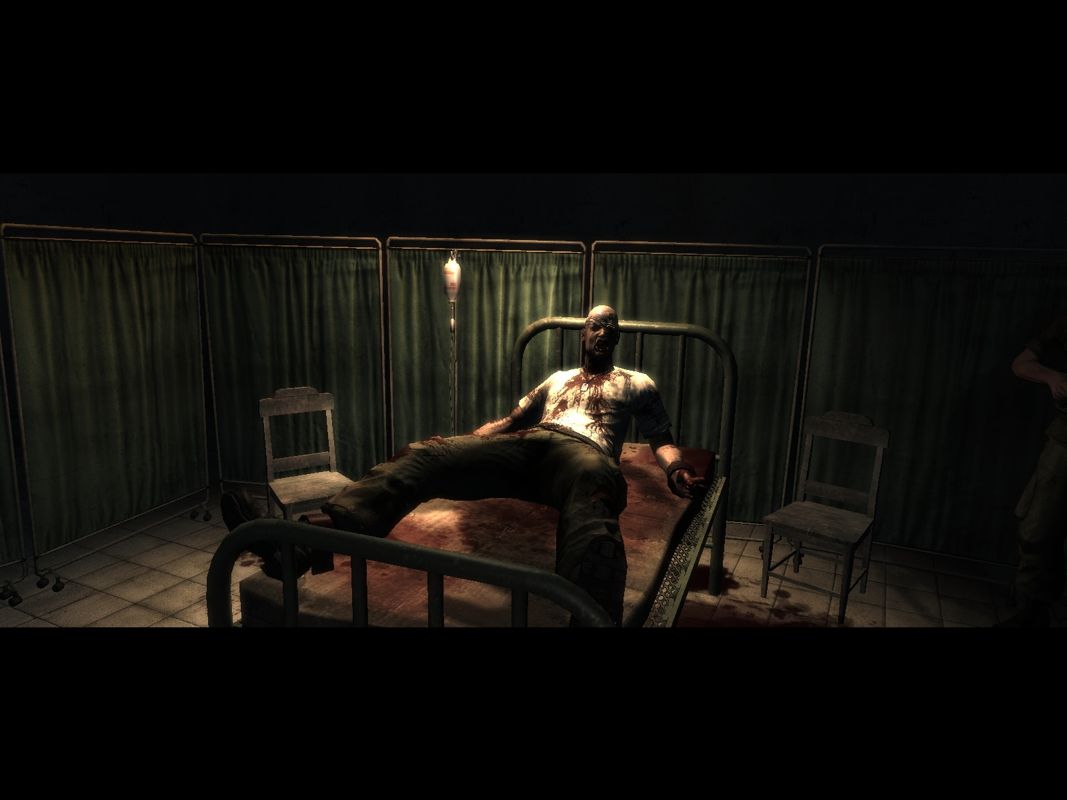
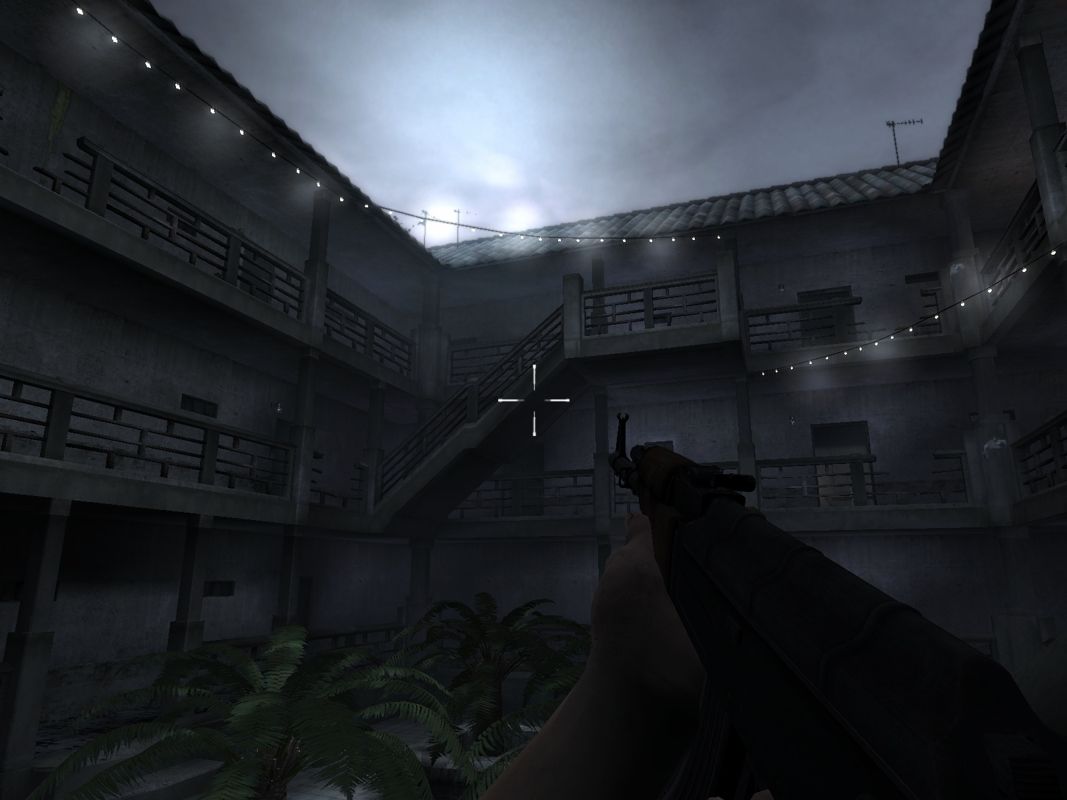
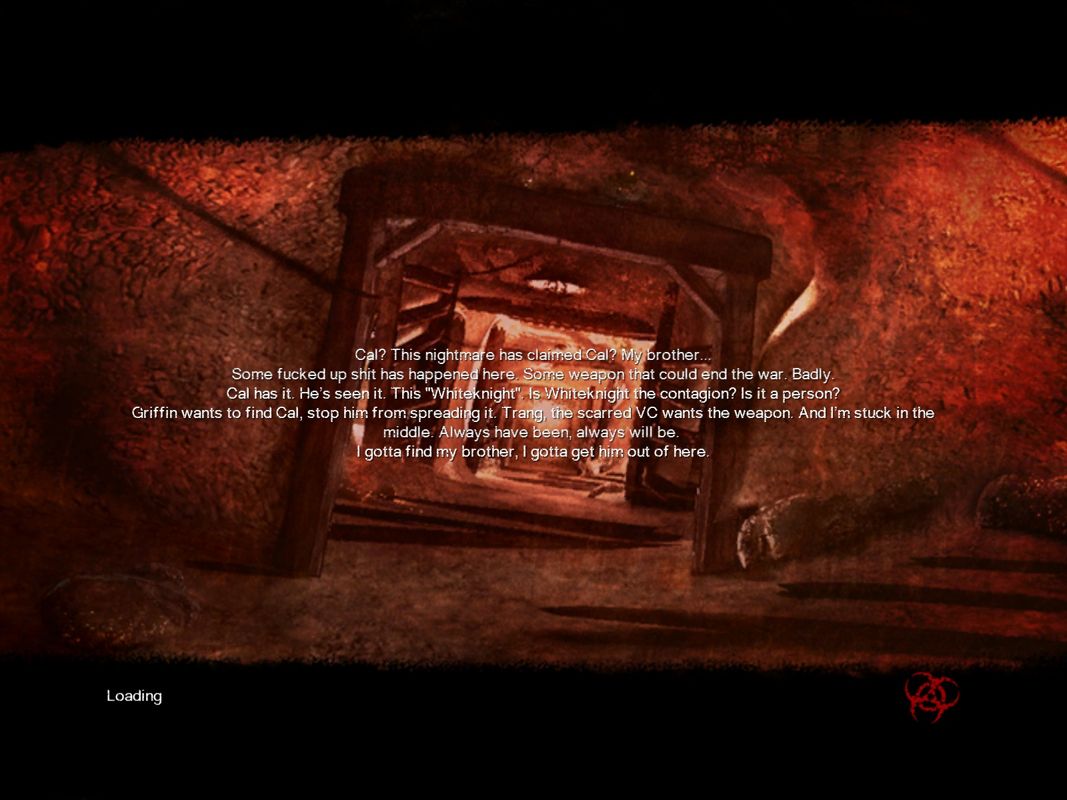



Reviews
There are no reviews yet.